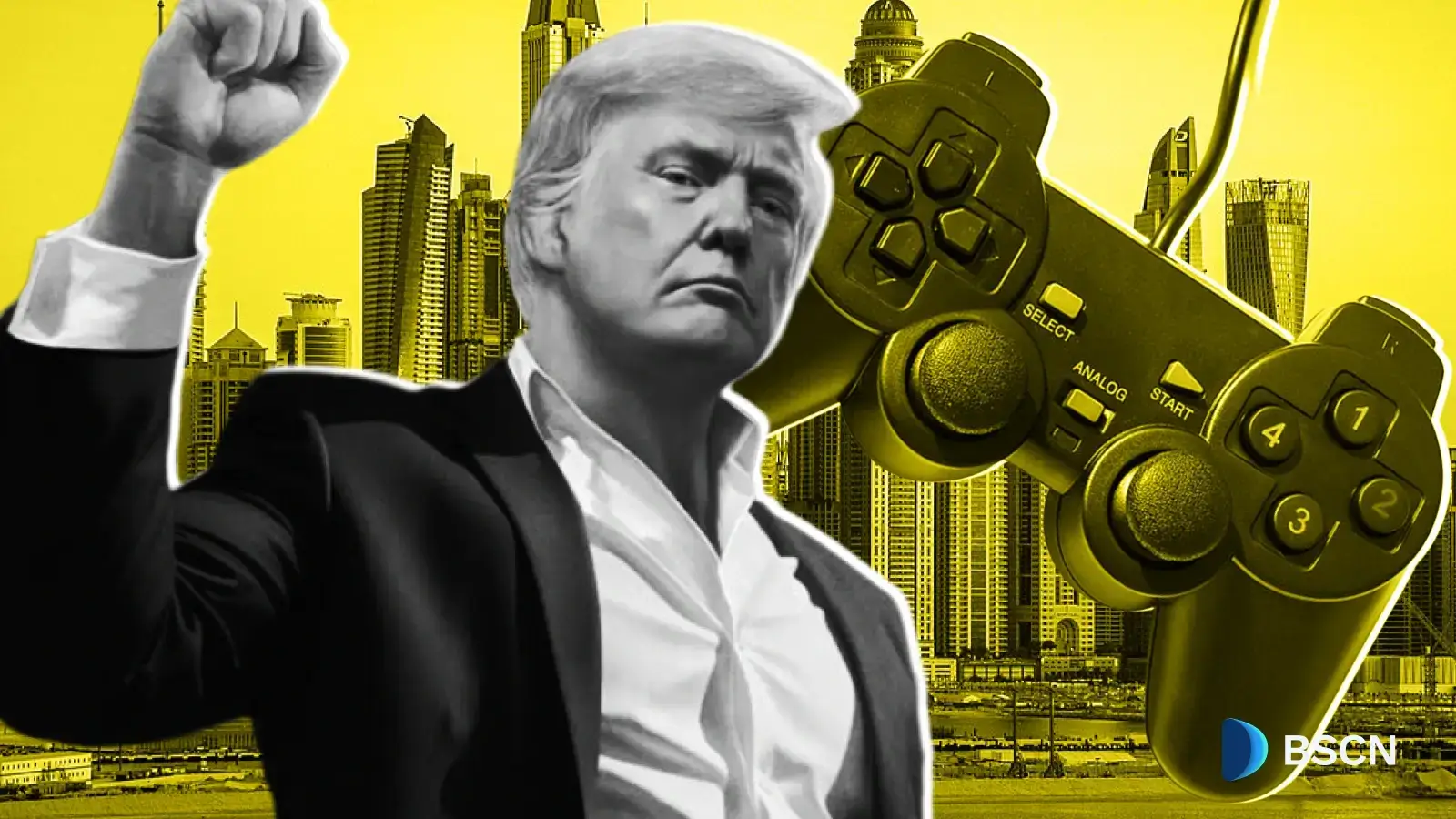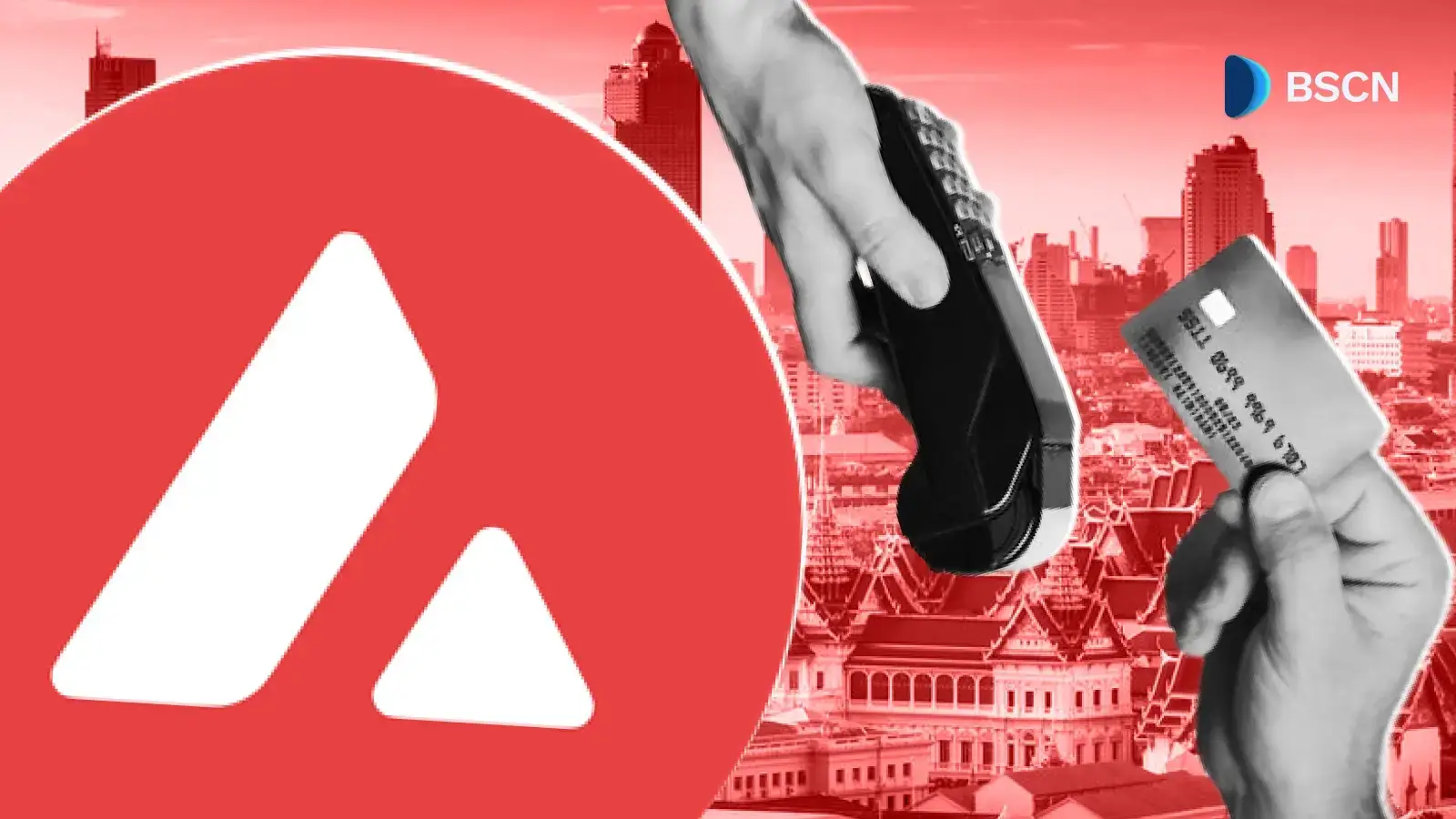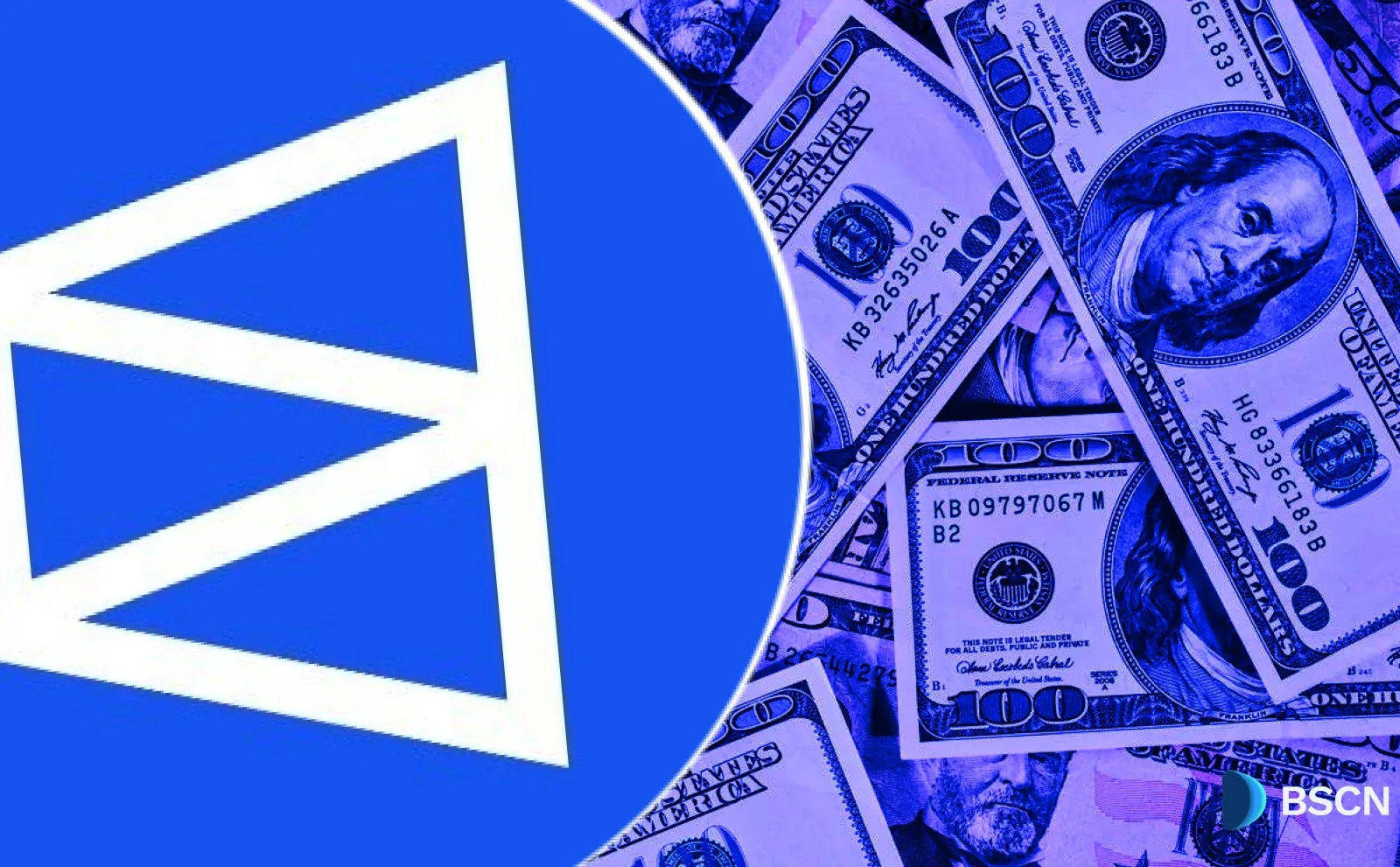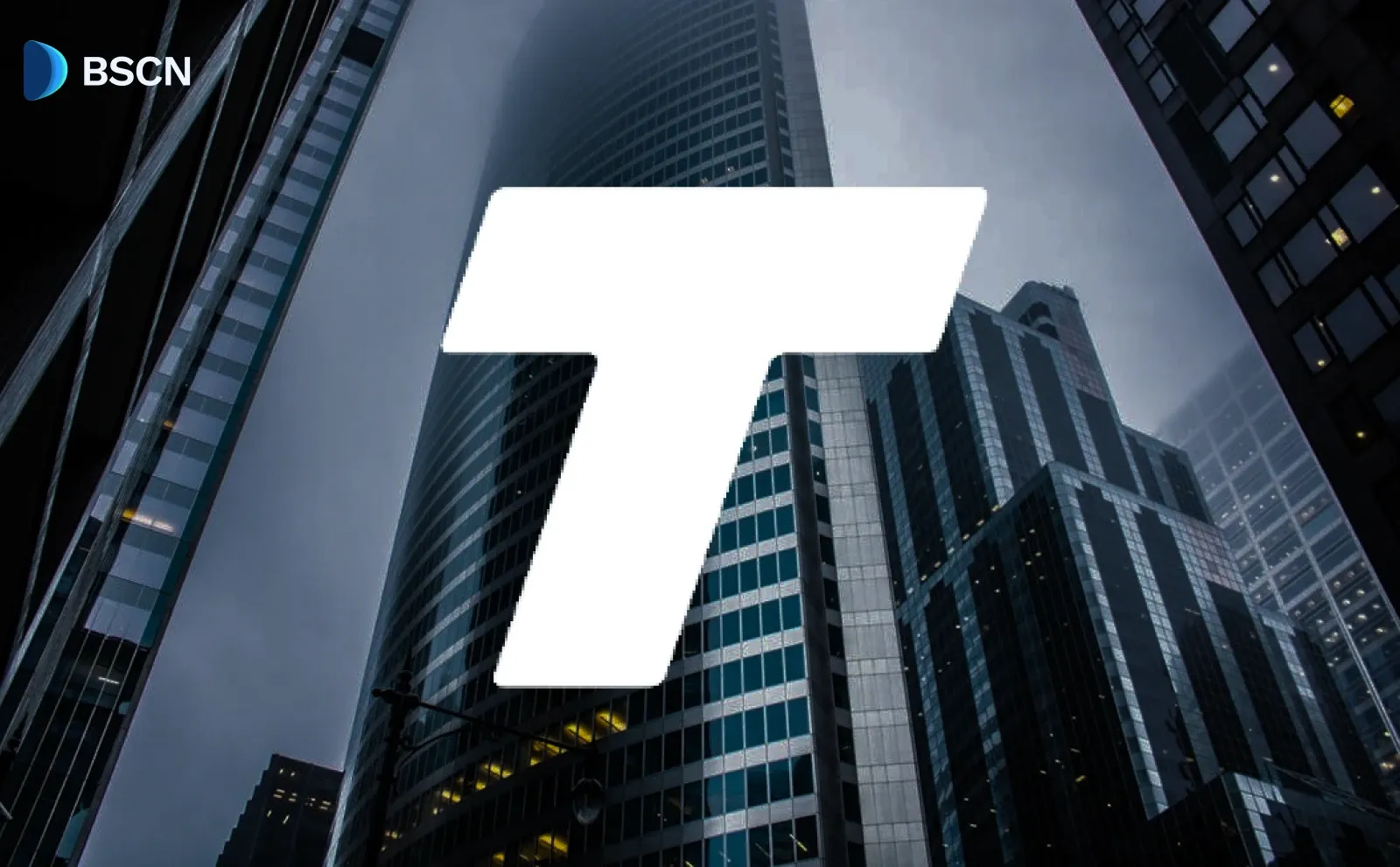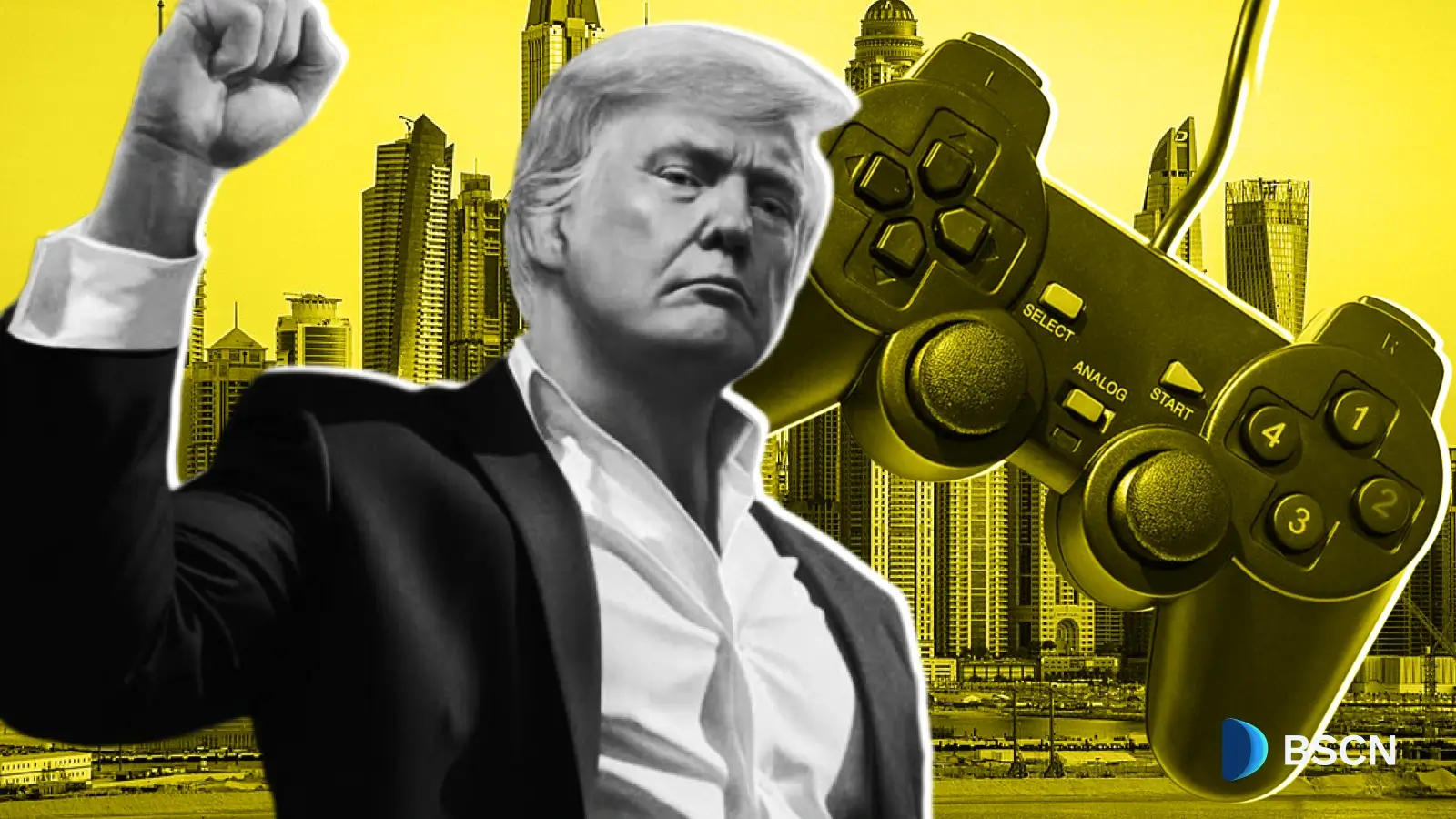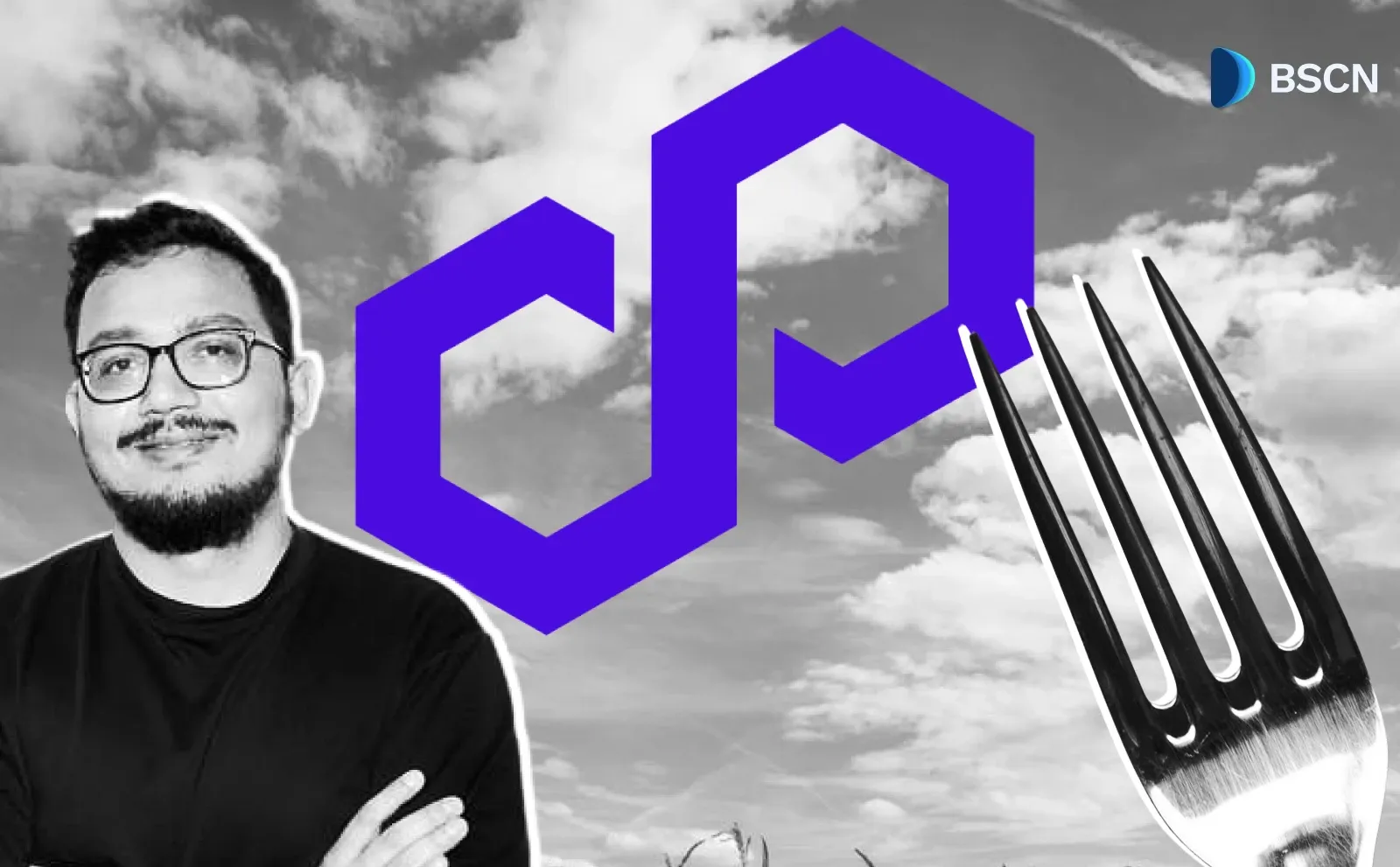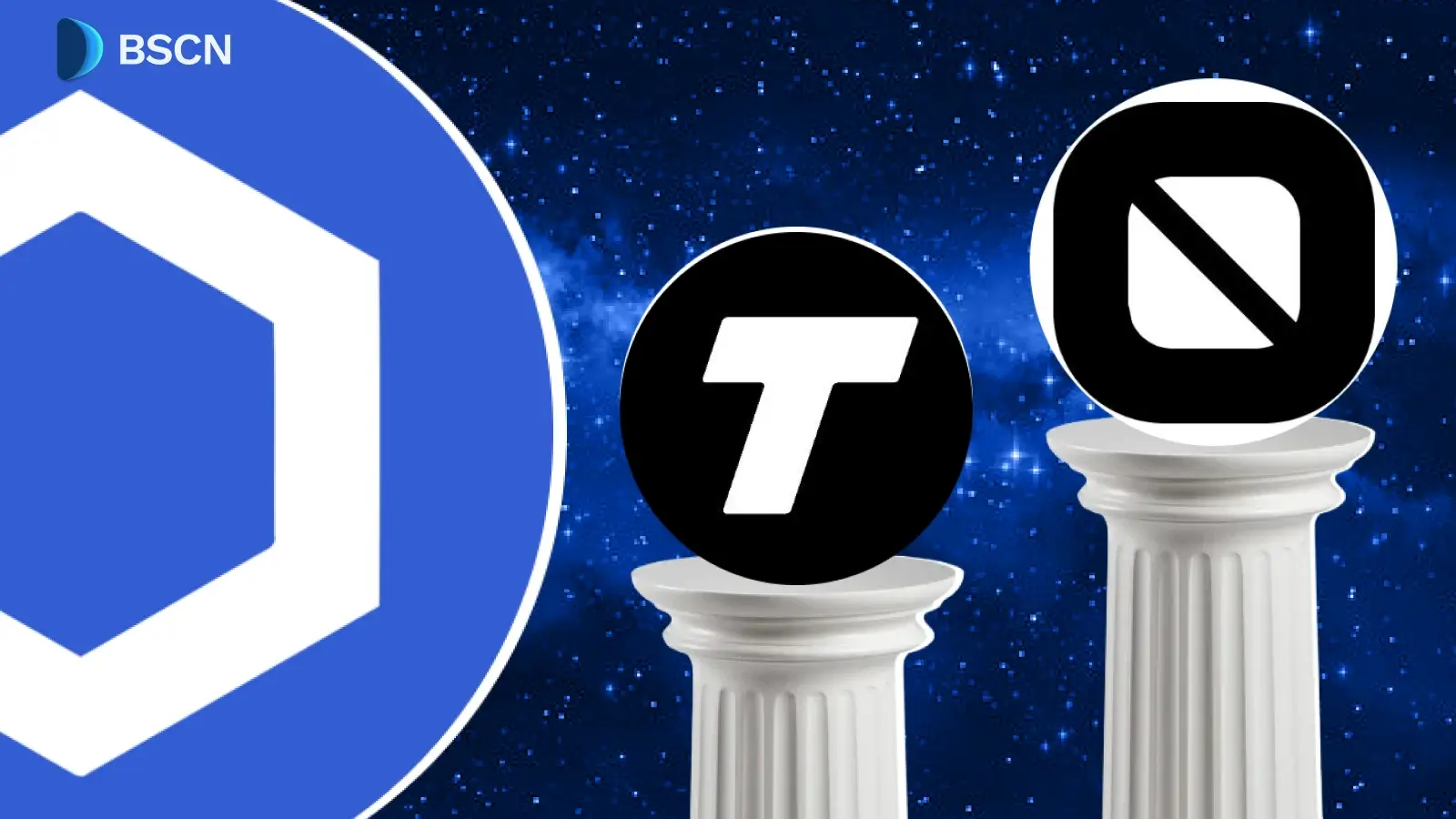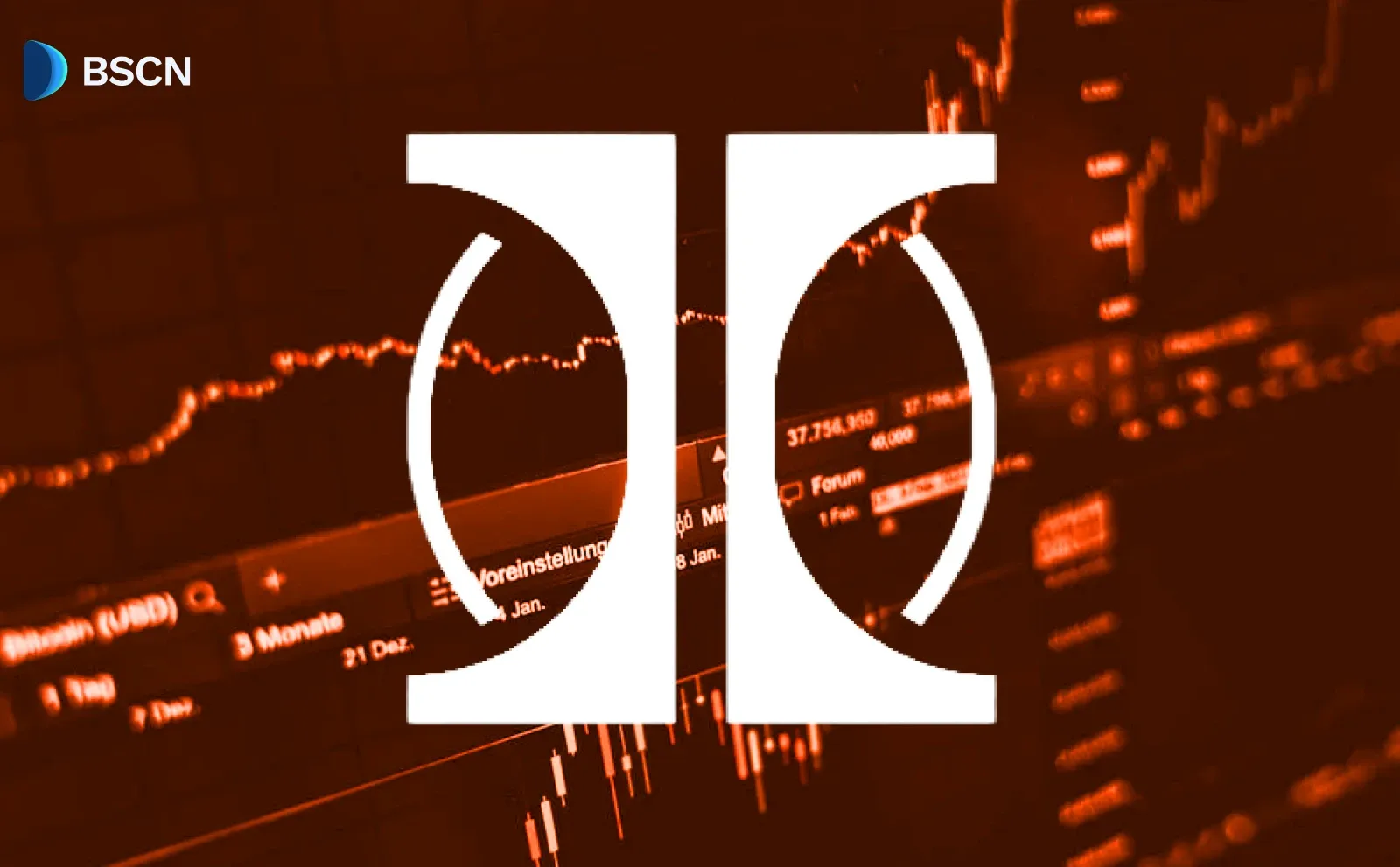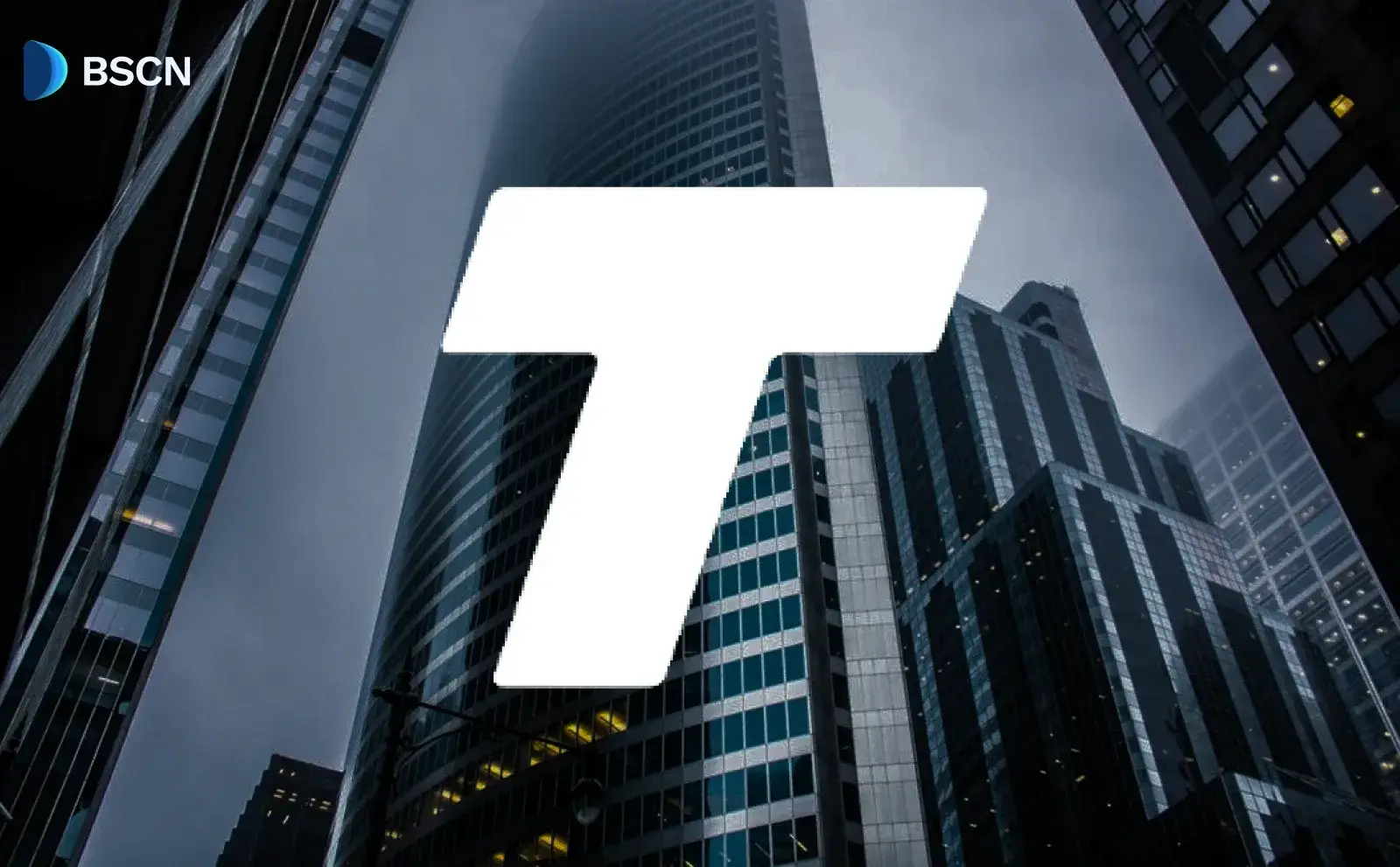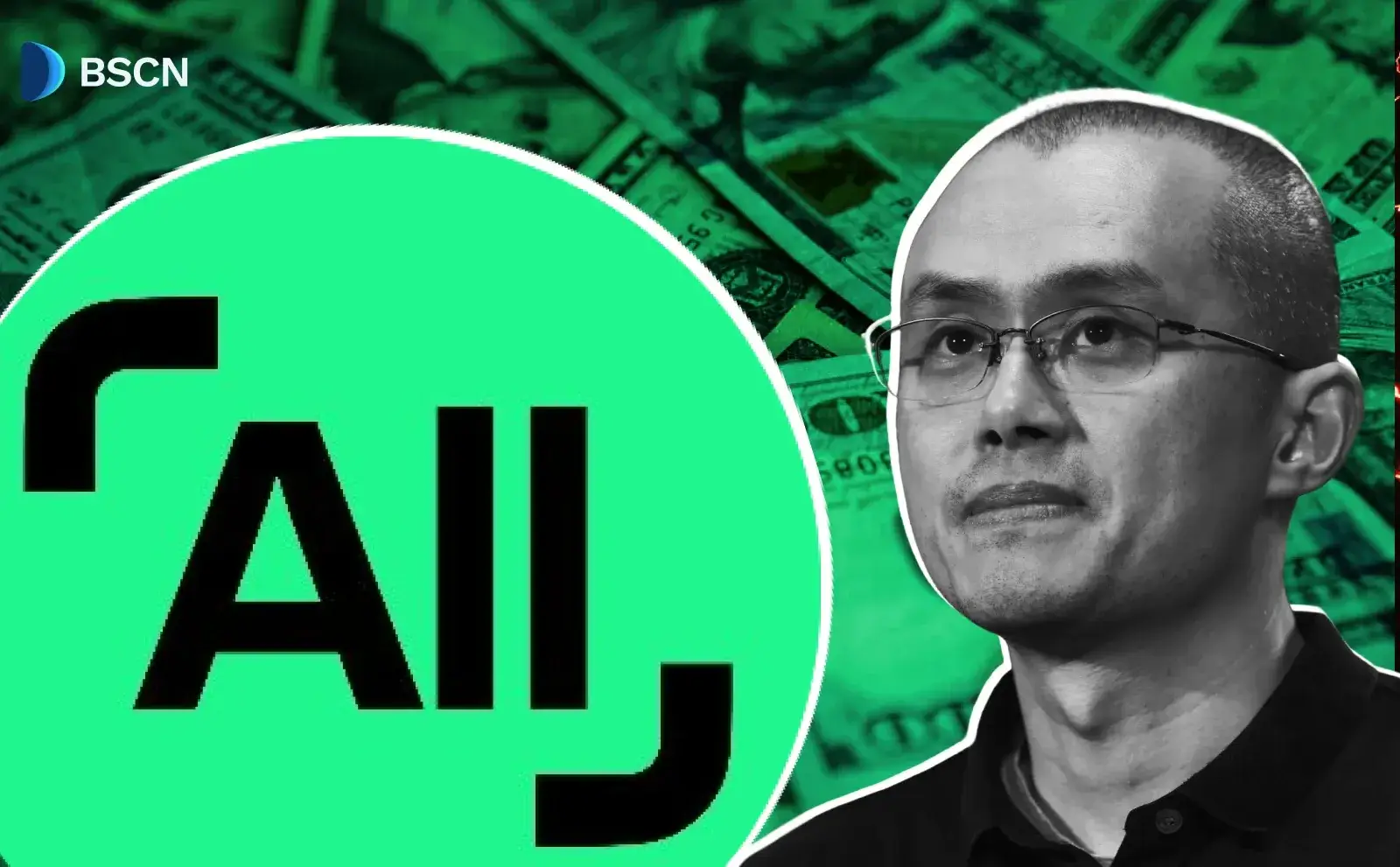News
(Advertisement)
Binance’s New Alpha Project: What Is Piggycell?

Piggycell links South Korea’s real-world charging network to BNB Chain, offering Charge-to-Earn and Dominate-to-Earn rewards through the PIGGY token.
Soumen Datta
October 27, 2025
(Advertisement)
Table of Contents
Piggycell Brings Real-World Charging to the Blockchain
Piggycell (PIGGY) is Binance’s latest Alpha project, designed to connect real-world device charging with blockchain-based incentives. The project tokenizes activity from a nationwide shared power-bank network in South Korea and records rental, return, and charging events directly on-chain.
The Piggycell network already operates more than 14,000 charging stations and 100,000+ devices, serving over 4 million users. Every rental and return generates a verifiable transaction on BNB Chain’s Layer 2, opBNB, making physical activity traceable and transparent in real time.
Key Principles
Piggycell’s development is guided by three principles:
- Automated transparency: No manual payouts or opaque accounting.
- Auditable activity: Every transaction can be verified by third parties.
- Scalable infrastructure: Ready for enterprise-level integration with minimal latency.
These technical standards make Piggycell one of the first consumer-facing blockchain projects in Asia to blend real-world utility with on-chain traceability at scale.
How Piggycell Works
Piggycell runs two main user programs: Charge-to-Earn and Dominate-to-Earn. Both systems turn ordinary charging activity into measurable on-chain data and token rewards.
- Charge-to-Earn: App users earn PIGGY tokens for renting and charging devices at Piggycell stations. Rewards depend on verified usage data recorded on-chain.
- Dominate-to-Earn: Users can own or lease NFTs that represent specific charging stations or zones. These NFTs grant a share of usage-based rewards tied to real activity at that location.
Additional app features—such as daily check-ins, referrals, and challenges—are also tracked on-chain. The model aims to bridge the gap between Web2 convenience and Web3 participation without forcing users to handle complex crypto operations.
Technology Architecture
Piggycell’s architecture follows a five-layer model, designed for transparency and scalability.
- Device Layer: Collects real-world data from charging stations and batteries.
- Data Layer: Validates session data and aggregates it for accuracy.
- Contract Layer: Executes token allocation automatically via smart contracts.
- App Layer: Connects Web2 app users with on-chain activity via Web3Auth and WalletConnect.
- Governance Layer: Manages staking, proposals, and reputation scoring.
Each event is logged immutably on-chain, ensuring that data integrity is maintained from device telemetry to smart contract execution.
The system supports multi-chain interoperability and ESG-ready data hooks, meaning usage data can be integrated into environmental or sustainability reporting dashboards.
On-Chain Infrastructure
Piggycell’s on-chain system is built on opBNB, a high-performance Layer 2 solution for the BNB Chain.
Each rental, return, and session update is stored as a verifiable event. These events can be aggregated to show metrics per device, station, or zone. During its open beta, Piggycell recorded millions of transactions in two weeks, demonstrating its ability to handle consumer-scale blockchain activity.
The contracts also allow cross-program accounting—for example, converting activity points into tokenized rewards or linking user activity to NFT ownership under Dominate-to-Earn.
The Role of the PIGGY Token
The PIGGY token sits at the center of Piggycell’s economy. It serves as the medium of payment, reward, and governance within the ecosystem.
Core Functions of PIGGY
- Payments: Used to pay for rentals and services in the Piggycell app.
- Rewards: Distributed for activity programs like Charge-to-Earn, Dominate-to-Earn, and Challenges.
- Staking: Unlocks extra features, boosts reward parameters, and provides voting rights.
- Governance: Holders can vote on ecosystem parameters using staked tokens.
- Access and Reputation: Some campaigns and rewards are gated by staking level or past activity.
- NFT Interactions: PIGGY connects with NFTs linked to real stations or regions.
All token flows are coded into smart contracts with transparent logic and verifiable records on-chain. This ensures every token reward corresponds to actual usage data.
Piggycell Tokenomics
The total PIGGY supply is fixed at 100,000,000 tokens. Allocation is divided among functional categories to align incentives with long-term platform activity:
- Dominate-to-Earn: 25%
- Charge-to-Earn: 20%
- Challenges: 10%
- Fundraising: 10%
- Contributors & Developers: 10%
- Treasury: 10%
- Team: 7%
- Liquidity: 5%
- Marketing: 3%
Initial token unlocks at the Token Generation Event (TGE) vary by category, with liquidity (100%) and fundraising (20%) leading early distribution. Team tokens remain locked at launch, following a vesting schedule to ensure alignment.
$PIGGY Is Live🎉
— Piggycell (@piggycell) October 20, 2025
We’re officially launched our token $PIGGY🔥
Piggycell, Korea’s #1 shared power-bank network, tokenizes real charging data from 100,000+ batteries and 4M+ paid users on-chain across BNB/ICP to power a transparent, verifiable RWA token economy.
• Ticker: $PIGGY… pic.twitter.com/DqYepffxa8
All vesting and emission changes are published publicly by the project.
How Piggycell’s Economic Flywheel Works
Piggycell’s system revolves around a usage-driven incentive cycle:
- Usage drives incentives: Every verified device session earns rewards.
- Incentives fuel upgrades and missions: Users spend or stake PIGGY for boosters or NFT upgrades.
- Spending creates demand: Regular activity consumes PIGGY, keeping circulation steady.
This cycle keeps token movement tied directly to real-world activity.
PIGGY Token Demand and Sinks
- Region NFT upgrades: Stake or spend PIGGY to expand or upgrade station zones.
- Usage-based redemptions: Claim rewards from verified sessions.
- Mission or booster fees: Pay PIGGY for in-app features.
- Burn mechanisms: Selective burns reduce supply during milestones or upgrades.
Governance and Compliance
Piggycell’s governance model allows token holders to propose and vote on protocol parameters. Voting power increases with staked PIGGY and verified contributions to the ecosystem.
According to the project, PIGGY is a utility token, not a financial security. Incentives are linked to network usage and are not guaranteed returns.
This approach aligns with compliance frameworks under South Korean and global virtual asset guidelines, positioning Piggycell as a utility-based ecosystem rather than an investment product.
Ecosystem and Integrations
Piggycell plans to list PIGGY on BNB Chain decentralized exchanges (DEXs) and major centralized platforms. The project is also developing analytics dashboards to track real-world usage and token activity, particularly within the real-world asset (RWA) category.
Station hosts—such as cafes, transport hubs, and retail stores—can join the network without blockchain knowledge. At the same time, advanced users and developers can interact directly with smart contracts and NFTs.
The project describes itself as a “decentralized EaaS (Energy-as-a-Service) marketplace.” The system allows:
- Individuals or businesses to tokenize devices as NFTs tied to geographic zones.
- Set rental terms, such as price and duration.
- Delegate operation rights while retaining ownership.
- Earn usage-based rewards or fixed lease payments.
Users, on the other hand, can browse nearby devices, rent them through the Piggycell app, verify their status in real time, and pay in PIGGY. Some features, such as staking discounts and NFT upgrades, are optional add-ons for more engaged participants.
Conclusion
Piggycell connects everyday charging activity to the blockchain using verifiable data and measurable incentives. With 14,000 stations, millions of users, and fully traceable transactions on opBNB, it demonstrates how physical services can be tokenized without relying on speculation.
Its ecosystem, centered on the PIGGY token, provides payment, staking, governance, and reward functions—each linked to actual device usage. The system’s open data structure and NFT integration make it both accessible for mainstream users and transparent for developers and auditors.
While it remains early in its public rollout, Piggycell’s operational model shows how blockchain can record, reward, and verify real-world behavior through practical applications rather than abstract promises.
Resources:
Piggycell X platform: https://x.com/piggycell
About PIGGY token: https://www.piggycell.io/ecosystem#tokenomics
About piggycell technology: https://www.piggycell.io/ecosystem#technology
Binance wallet X platform: https://x.com/BinanceWallet
Read Next...
Frequently Asked Questions
What is Piggycell?
Piggycell is a South Korea–based blockchain project that links real-world phone charging activity to on-chain rewards and data records. It operates over 14,000 charging stations connected to the BNB Chain.
How does Piggycell’s PIGGY token work?
The PIGGY token powers payments, staking, governance, and activity-based rewards. It’s distributed through programs like Charge-to-Earn and Dominate-to-Earn, based on verified device usage.
What makes Piggycell different from other projects?
Unlike typical DeFi or memecoin projects, Piggycell is built on physical infrastructure and verifiable real-world data, creating a transparent bridge between consumer utility and blockchain activity.
Disclaimer
Disclaimer: The views expressed in this article do not necessarily represent the views of BSCN. The information provided in this article is for educational and entertainment purposes only and should not be construed as investment advice, or advice of any kind. BSCN assumes no responsibility for any investment decisions made based on the information provided in this article. If you believe that the article should be amended, please reach out to the BSCN team by emailing [email protected].
Author
 Soumen Datta
Soumen DattaSoumen has been a crypto researcher since 2020 and holds a master’s in Physics. His writing and research has been published by publications such as CryptoSlate and DailyCoin, as well as BSCN. His areas of focus include Bitcoin, DeFi, and high-potential altcoins like Ethereum, Solana, XRP, and Chainlink. He combines analytical depth with journalistic clarity to deliver insights for both newcomers and seasoned crypto readers.
(Advertisement)
Latest News
(Advertisement)
Crypto Project & Token Reviews
Project & Token Reviews
Comprehensive reviews of crypto's most interesting projects and assets
Learn about the hottest projects & tokens
